
Which site would you like to visit?
By clicking the retail or wholesale site button and/or using rarewineco.com you are choosing to accept our use of cookies to provide you the best possible web experience.
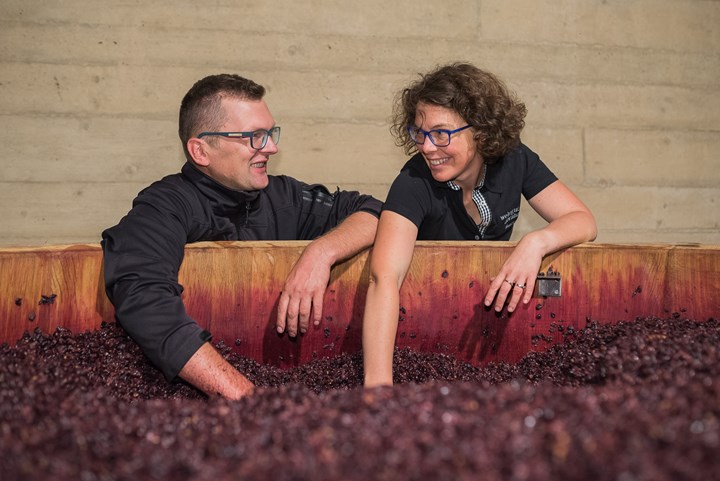
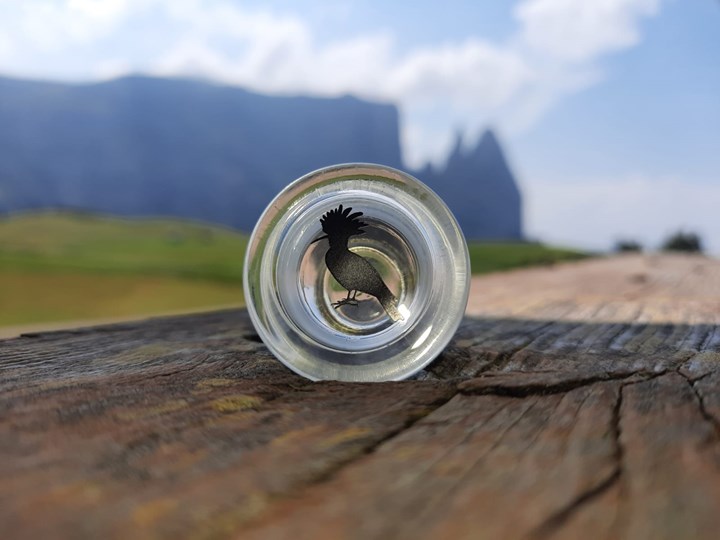
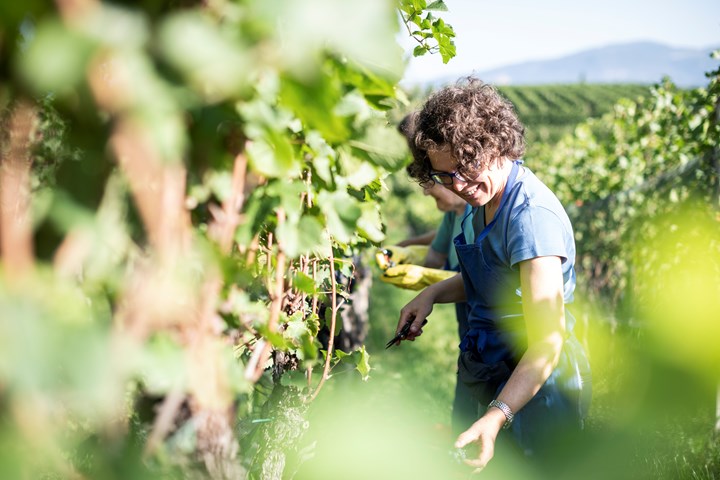
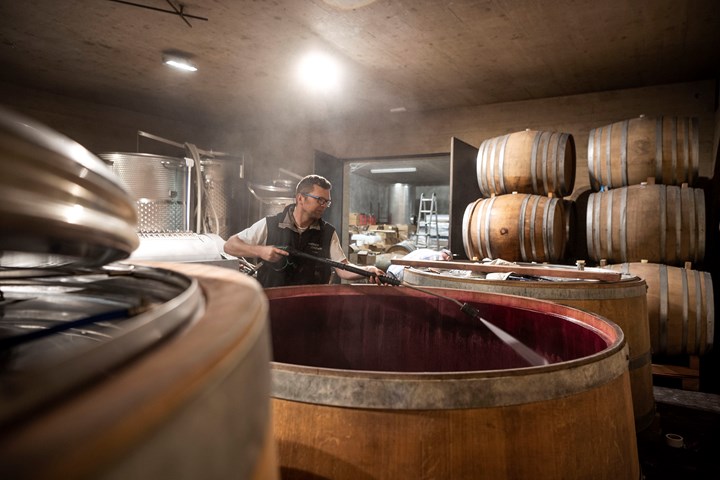
While Piedmont and Tuscany have no peers for their red wines, and Friuli Venezia Giulia makes some of Italy’s best whites, no region in Italy can boast more outstanding reds and whites than Alto Adige.
Indeed, from the vertiginous slopes of the northeastern Dolomites come a wealth of compelling wines of both colors. There are not only superb indigenous reds like Vernatsch (aka Schiava), but also wonderful Pinot Noirs (aka Blauburgunder).
And among the whites, Chardonnay, Pinot Grigio, Sauvignon Blanc and Gewürztraminer can all achieve remarkable results here. But it’s Alto Adige’s Pinot Bianco (Weißburgunder) that has few peers worldwide.
That’s the good news. The not-so-great news is that the average grower holdings here are the smallest in Italy. And most of the fruit goes to the large blended cuvées of the region’s excellent cooperatives, making individual expressions of great Alto Adige sites rare.
But there’s hope. Over the past decade a new Alto Adige estate, Weingut Abraham, has been crafting some of the region’s most exciting expressions of individual terroirs. Relying on historic plots, local traditional methods, and a willingness to take risks, Martin Abraham and his wife, Marlies, are creating wines of both stunning quality and strikingly original personality.
While multiple generations of Martin’s family have tended grapes in the town of Appiano, it was Martin’s great-grandfather, Johann Magagna, who was the first to farm his own vines in 1901. But he, like virtually everyone else in the area, sold his fruit to the San Michele-Appiano cooperative. So, when Martin and Marlies decided to pull out of the coop and make their own wine in 2011, it was a sharp break from tradition.
Their decision also made them pioneers in the expression of individual terroirs, since almost all the coop’s wines are crafted by marrying multiple terroirs. They largely abandoned the usage of chemical fertilizers, herbicides, and pesticides, and brought back such nearly extinct traditional practices as native-yeast and whole-cluster fermentations, and reductive aging on the lees.
Today, with ten vintages now under their belts, Martin and Marlies are making some of the most singularly expressive wines ever seen in the Alto Adige.
“I was amazed by how distinctly delicious were Abrahams’ interpretations of each among the four grape varieties they chose to champion.”
- David Schildknecht
One key to the Abraham wines’ expressiveness is, in David Schildknecht’s words, “the extent to which their approach with each grape variety is consciously oriented toward traditions that had gone neglected in the late 20th century.”
In the vineyards, this means traditional Pergola training for their Weißburgunder and Vernatsch vines. While very labor intensive, Martin believes that pergola training is “especially suited to varieties with delicate fruit aromas and wines that live less from structure and more from finesse, such as Vernatsch and Pinot Blanc.”
Pergola isn’t suitable for Blauburgunder, however, so the Abrahams use the classic Burgundian Guyot training for this variety, as has been done since it was introduced to the area at the time of the Napoleonic Wars.
The varieties planted in each of their six tiny vineyards are carefully matched to the soils that characterize the Abraham terroir. On the western side of the nearby Mendelberg peak this is sedimentary Dolomite rock and calcareous clay. And to east, it’s glacially deposited, mineral-rich volcanic porphyr. All the vineyards range from 450 to 600 meters in elevation.
Not only are the soils, elevations, and exposures ideal for their respective varieties, but the terroirs all benefit from wide daily temperature swings, with warm air rising from the valley below during the day, and cooling breezes descending the Mendelberg at night. This ensures gradual ripening, producing fruit of great aromatic complexity framed within a firm structure.
Two old-vine, pergola-trained Weißburgunder are bottled, from two profoundly different terroirs. One terroir is the west-facing In der Låmm, an airy slope of glacial moraine volcanic porphyry and quartz at 500 meters, which produces a rich and openly expressive Weissburgunder. The other terroir is the east-facing Am Gfillberg, whose Dolomite rock clay and chalk at 600 meters produces a more structured and tightly wound white. The Abrahams label the wine Vom Muschelkalk for its soil.
Turning to the reds, Martin and Marlies’ traditionalism is on full display with their Vernatsch, the Alto Adige’s ancient signature red grape, which they’ve named Upupa Rot after the rare, indigenous Hoopoe bird whose image graces their labels. The wine is almost always blended with a small percentage of Blauburgunder, just as Martin’s grandfather’s generation would have done.
The pergola-trained Vernatsch vines are over fifty years of age, planted in the mixed glacial volcanic and alluvial river gravel of the Rosslauf vineyard. Here, in an area historically revered for the variety, the low yields of tiny berries express all the juicy, complex primary fruit and tannic structure that long made this the favored red grape of the region.
As Marlies told Schildknecht, “We think there is real potential for Pinot Noir in Südtirol-Alto Adige, but only above a certain altitude – at least 450 meters. There it can really reflect each individual terroir.” That is where the Abraham Blauburgunder vines are located, in two plots featuring both calcareous Dolomite rock and volcanic porphyry soil types of the Appiano area. Traditionally Guyot-trained, and planted to a wide array of clones, they are painstakingly tended, bringing their fruit to ideally balanced, highly nuanced ripeness.
In the cellar, Martin and Marlies work simply, having found that their wines develop the greatest complexity, inherent in their marriage of soils, with the least manipulation.
All fermentations occur with the native yeasts in neutral oak vats. For purposes of phenolic extraction and to retain acidity, the whole clusters of Weissburgunder white grapes are slowly direct pressed and allowed to settle before vinification.
For the reds, the Blauburgunder is fermented with 20 to 30% whole-cluster fruit, while the Vernatsch is completely destemmed. Both reds see a lengthy three-week maceration with the skins. All of the wines see extensive reductive aging on the lees: Weissburgunder for 9 months, Vernatsch for 15, and the Blauburgunder for a full two years. And bottling is done with neither fining nor filtration, and only minimal additions of sulfur.
The results are wines of striking freshness and delicacy, highly aromatic, very long on the palate and, above all, unique in character, courtesy of Martin and Marlies’ ability to find the essence of their varieties and terroirs.
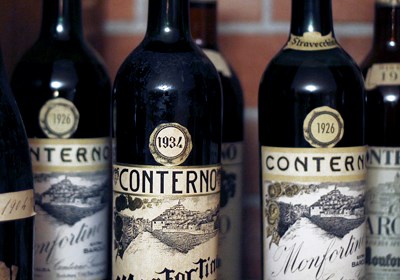
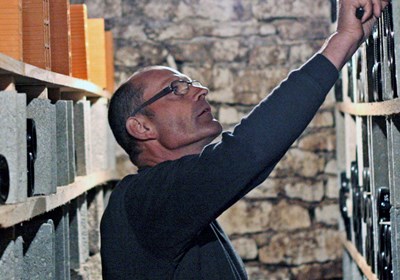
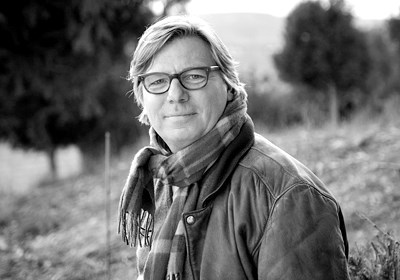
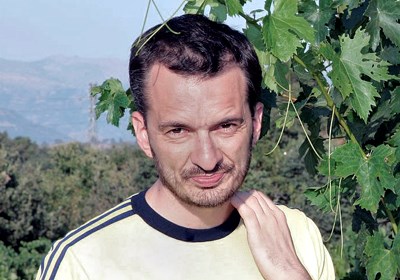
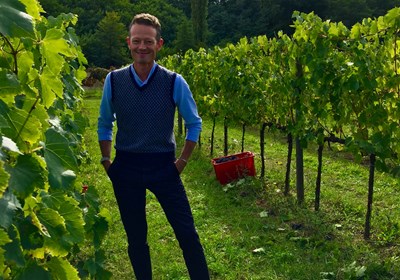
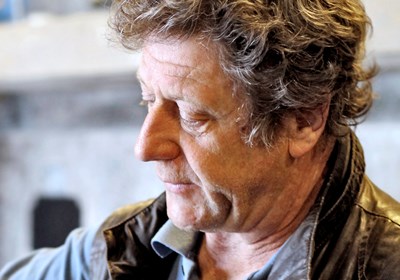
New discoveries, rare bottles of extraordinary provenance, limited time offers delivered to your inbox weekly. Be the first to know.
Please Wait
Adding to Cart.
...Loading...


By clicking the retail or wholesale site button and/or using rarewineco.com you are choosing to accept our use of cookies to provide you the best possible web experience.

